Everybody loves a bargain, whether that means clipping coupons or stumbling across a like-new designer dress at Goodwill. But some bargains are a little more memorable than the kind you can snatch up at a department-store sale. Here’s a look at some deals that were so impressive, they literally made history.
1. I’ll take Manhattan

The details of some old bargains get muddled with the passage of time. Sources can’t even agree on how to spell Peter Minuit’s name (Pieter? Minnewit?). What they do agree on is that he was the Dutch colonial governor of New Amsterdam in 1626, after Europeans settled the New World, and he made a deal with a Native American tribe (likely the Lenape or Canarsie) to buy what would become known as Manhattan from them for goods worth 60 guilders (just over $1,000 today). The story’s been mangled over the years, with a common myth saying the island was sold for $24 in beads. But whatever the details, this deal for the Big Apple is one of history’s best bargains ever.
2. How much? I dunno, Alaska

This was one cool deal. In 1867, the U.S. bought Alaska from the Russian Empire for about $7.2 million, adding 586,412 square miles to the growing nation and eventually robbing Texas of its “largest state” bragging rights. Though some in the press at the time dubbed it “Seward’s Folly” (after then-Secretary of State William Seward), and others called it “Johnson’s polar-bear garden” (a dig at President Andrew Johnson), the bargain price of about 2 cents an acre should freeze all jokes in their tracks.
3. Ooh la la! The Louisiana Purchase
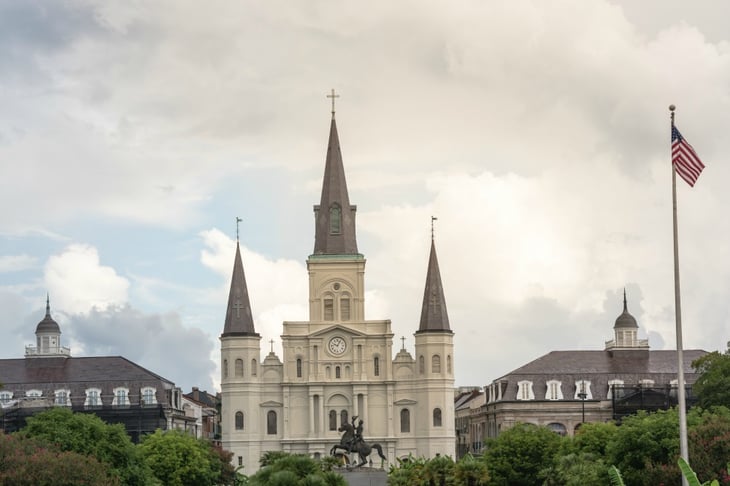
The Louisiana Purchase is a misleading moniker: The territory named by an explorer after French King Louis XIV included all or part of 15 future states, sprawling from the Mississippi River to the Rocky Mountains and from the Gulf of Mexico to Canada. The United States would look a lot different without this 1803 deal with French Emperor Napoleon, who agreed to sell the gigantic area to the U.S. for $11.25 million and cancellation of about $3.75 million in French debts. Napoleon reportedly made the deal so he could finance his planned invasion of England, which never quite came to pass. P.S. We’re keeping the land.
4. Hershey’s extraterrestrial connection
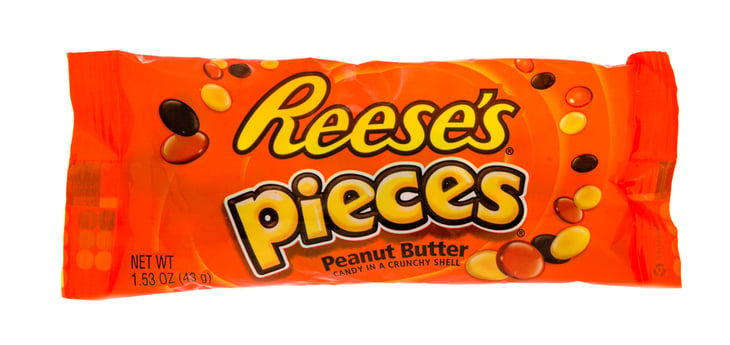
The peanut-butter candy Reese’s Pieces owes its great bargain to a shortsighted decision by someone representing Mars’ M&M candies. When approached by the makers of the 1982 movie “E.T.: The Extraterrestrial,” Mars sent Hollywood packing. One rumor claims Mars execs thought alien E.T. was too ugly and didn’t want their candy associated with him. Reese’s Pieces, made by competitor Hershey, were used in the film instead. According to Snopes.com, Hershey didn’t need to pay for the product placement — the candy maker simply agreed to promote the movie in its ads. The rest is hit-making history: “E.T.” became a blockbuster, and Reese’s Pieces became the year’s trendiest treat.
5. Babe Ruth swings for the bleachers

Call this one a home run for the New York Yankees. In 1920, the Boston Red Sox traded slugger Babe Ruth to the Yankees for either $100,000 or $125,000 (reports differ) as well as a $350,000 loan, which some say Sox owner Harry Frazee used to finance his Broadway dreams, including the musical “No, No, Nanette.” For the Yankees, adding Ruth marked the beginning of a glorious winning streak — garnering 27 World Series wins in the next eight decades. The Sox, meanwhile, went in the other direction — struggling under what some call the “Curse of the Bambino,” after a Ruth nickname. The team didn’t win a World Series after the trade until 2004.
6. Homesteaders’ grit brought them gain

You’ve seen homesteading depicted by “Little House on the Prairie” and in other pioneer tales. Nearly 10 percent of the U.S. territory was given away free in the 1800s and early 1900s to more than 1.5 million pioneers willing to settle on and farm their patch of land for a set period of time — usually five years. Homesteaders had only to be 21 years of age, and the chance to earn 160 acres of land was open even to groups of people who typically suffered discrimination, including single women, former slaves and new immigrants. The work was hard, and not everyone made it long enough to gain ownership of the land, but it was a revolutionary concept that helped settle the American West (or colonize it, depending on your perspective).
7. Hoop dream: the best basketball deal ever

In 1976, the competing National Basketball Association and American Basketball Association merged. The dominant NBA agreed to add two ABA teams, leaving two others out in the cold. The Kentucky Colonels took $3 million and agreed to fold, Forbes explains, but the Spirits of St. Louis, owner by brothers Daniel and Ozzie Silna, negotiated what’s been called the best sports deal ever made. In short, the Silnas were granted a share of the NBA’s “visual media rights” in perpetuity; once television coverage took off, the dough started coming in. In 2011, Forbes estimated that the brothers had made $237 million off their smart deal, which finally came to an end in 2014.
8. Scoring Tom Brady was a touchdown
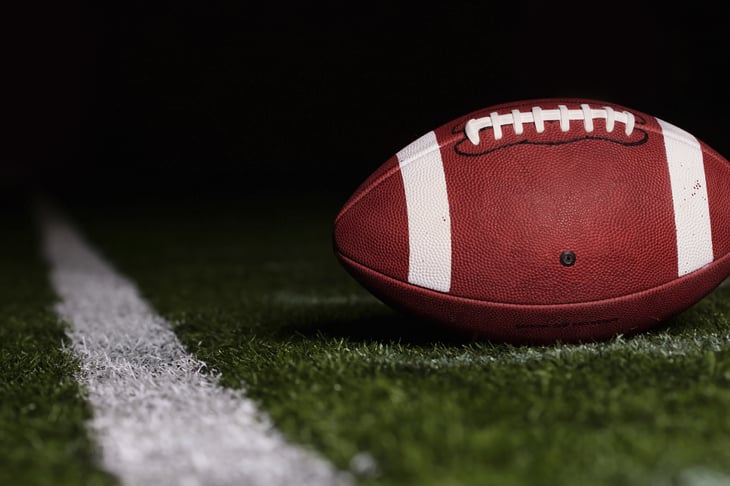
Today it’s all but universally acknowledged that New England Patriots’ quarterback Tom Brady is a great player, perhaps the best at his position. Brady’s the only QB to win five Super Bowls, and he’s taken the team to seven of them. But back in 2000, Brady’s success seemed far from assured — at least to NFL scouts. The University of Michigan graduate wasn’t drafted until the sixth round, and 198 players were considered good enough to be drafted ahead of him — including six other quarterbacks (one of whom, Giovanni Carmazzi, never played in an NFL game). In fact, Brady has started more games and thrown more touchdowns than the other six combined.
9. Life, liberty and the pursuit of big bucks
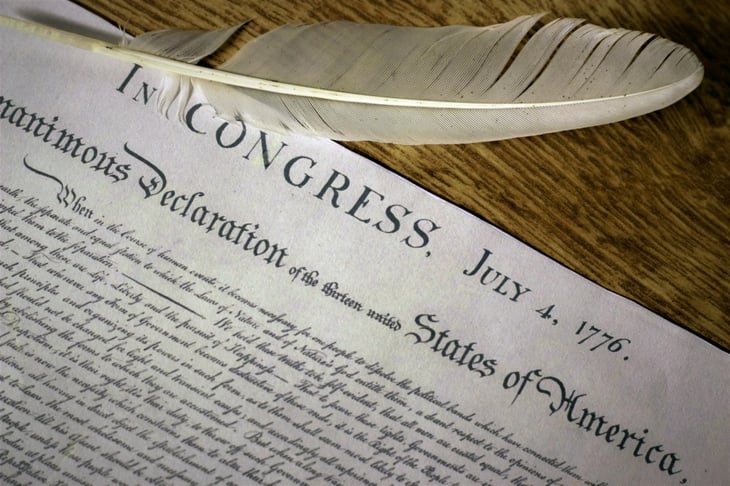
Who doesn’t love the idea that a garage-sale purchase could turn out to be worth millions? This one case shows it can happen. Even urban-legend repository Snopes.com affirms it. In 1989, a Philadelphia man bought an old painting for $4 at a flea market because he liked the frame. When the frame fell apart, it was discovered to be hiding one of the earliest copies ever made of the Declaration of Independence — one of the 500 first printings of the document called the Dunlap broadsides. It later sold at auction for $2.4 million. Good thing that particular frame caught his eye and not another one.
10. Pudding never tasted so sweet

One famous bargain was immortalized in the 2002 Adam Sandler movie “Punch-Drunk Love.” The film is based on the true story of Californian David Phillips, who stumbled upon a 1999 promotion where he could earn frequent-flyer miles for each bar code from Healthy Choice products. By locating Grocery Outlet price deals and ordering pudding by the case, Phillips came up with enough labels to earn 1.3 million miles, the equivalent of 31 round-trip coach tickets to Europe. Since the pudding only cost him about $3,000, that was about $100 a ticket. (And he donated the pudding to charity, which even earned him a tax write-off. Win-win!)
11. It’s a bird, it’s a plane, it’s a bargain
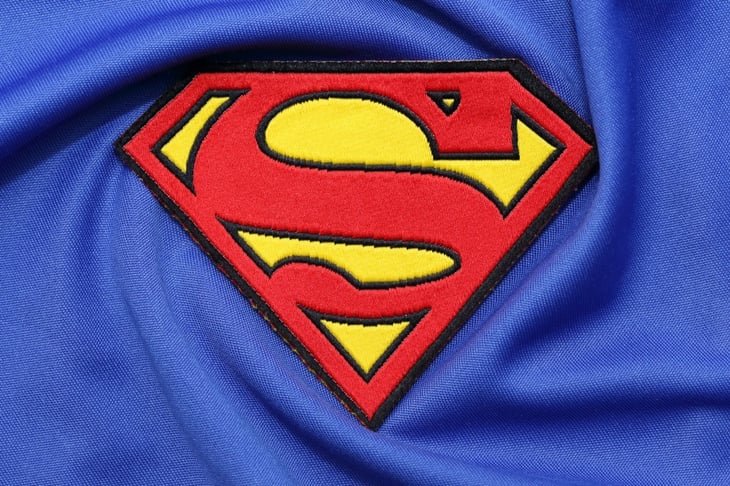
Superman first appeared in Action Comics #1 in June 1938, just one of 11 features in the anthology-style comic. If you were a young comics fan then, you could pick up a copy at your local newsstand for one thin dime. If you somehow managed to hold onto that comic and keep it in pristine condition for decades, you could retire on your proceeds. But first you’d have to have snapped one up — 200,000 copies were printed of that first 1938 run, and the comic quickly sold out. And, naturally, most comics were well-read, sometimes ripped, stuffed in closets, traded with friends and perhaps tossed out. But some of the copies survived. Actor Nicolas Cage paid $150,000 for a nearly pristine copy in 1997, and after it was stolen from him and later recovered, he sold it for $2.1 million, the first comic to sell for more than $2 million at auction.
12. And speaking of Superman …

Before Superman could become a million-dollar comic book, not to mention the movie star he later became, the character had to be invented. The hero we all know so well was created by two Cleveland high school students — writer Jerry Siegel and artist Joe Shuster — in 1933. At first, no comic book company liked their idea, but in 1938, they sold the rights to the character to Detective Comics (later DC Comics) for just $130. An incredible bargain for DC, and not so great for Siegel and Shuster. But the deal itself became so famous that the $130 check itself was sold at auction in 2012 for $160,000.
What deals do you think will go down in history as amazing bargains? Share your thoughts in comments below or on our Facebook page.




Add a Comment
Our Policy: We welcome relevant and respectful comments in order to foster healthy and informative discussions. All other comments may be removed. Comments with links are automatically held for moderation.